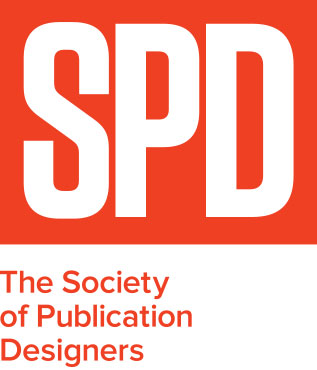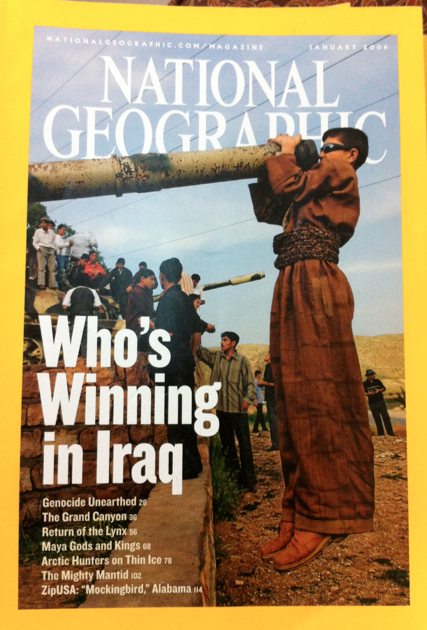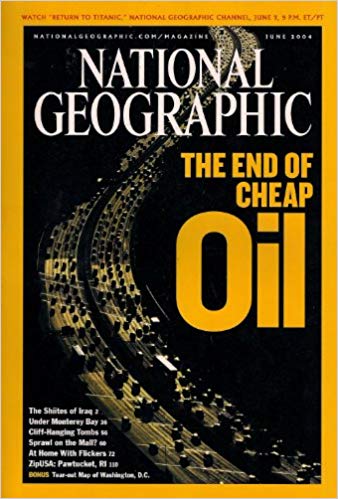Kate Bubacz, Deputy Photo Director at BuzzFeed News
/SPD: What year?
Kate Bubacz: This would have been 2004 or 2005.
SPD: What were you up to?
KB: By high school I was deep into photography and I was SO ready to leave town. I grew up in the Kodak hometown, so there were always cameras in my life, but I wanted adventure and not a desk job. As much as I liked taking pictures of my friends, I wanted to go where "real" stories were, I wanted to travel.
SPD: What magazine?
KB: I remember looking at National Geographic and thinking, those people definitely don't sit at desks. I covered the walls of my bedroom with images pulled from its pages, on all topics. When the science department at school was cleaning out back issues from the 60s and 70s, I brought home dozens of issues and went through them all.
SPD: What was it that so enthralled you?
KB: I loved the emphasis on photographs that told a story, often in a single frame. I loved how enigmatic and cinematic foreign places looked on the page, the captured glamor of the faraway day to day. I loved the double-page spreads, I loved that they would interview the photographers and explain how they got the shots. I found the use of gorgeous light and color and surprising juxtapositions inspiring - they looked so easy and were SO hard to recreate. To this day, I'm in awe of the portraits that looked like film stills or images that capture the poignant soft overlooked moments of life.
SPD: Do you know now who the creatives were?
KB: I want to say that David Griffin was the Director of Photography then or shortly thereafter, and both Sarah Leen and Kurt Mutchler were on the photo editing staff at the time.
SPD: How does that inform your creative now?
KB: Ironically, I now sit at a desk and give directions to people in the field, but some lessons still cross over - wait for good light, focus on detail shots, focus on in-between moments, and always, always, take more photos than you think you need. Looking back at the edits in Nat Geo now, I can see the importance of wide edits and close collaborations between photographers and editors. Some of the magic is in the off-frames, the harder-to-look-at moments, the effort put in when you're supposed to be off the clock. That level of dedication and effort is something I hope to inspire in the photographers that I work with. And luckily, I am also able to run photos full-bleed and interview photographers about their stories.








